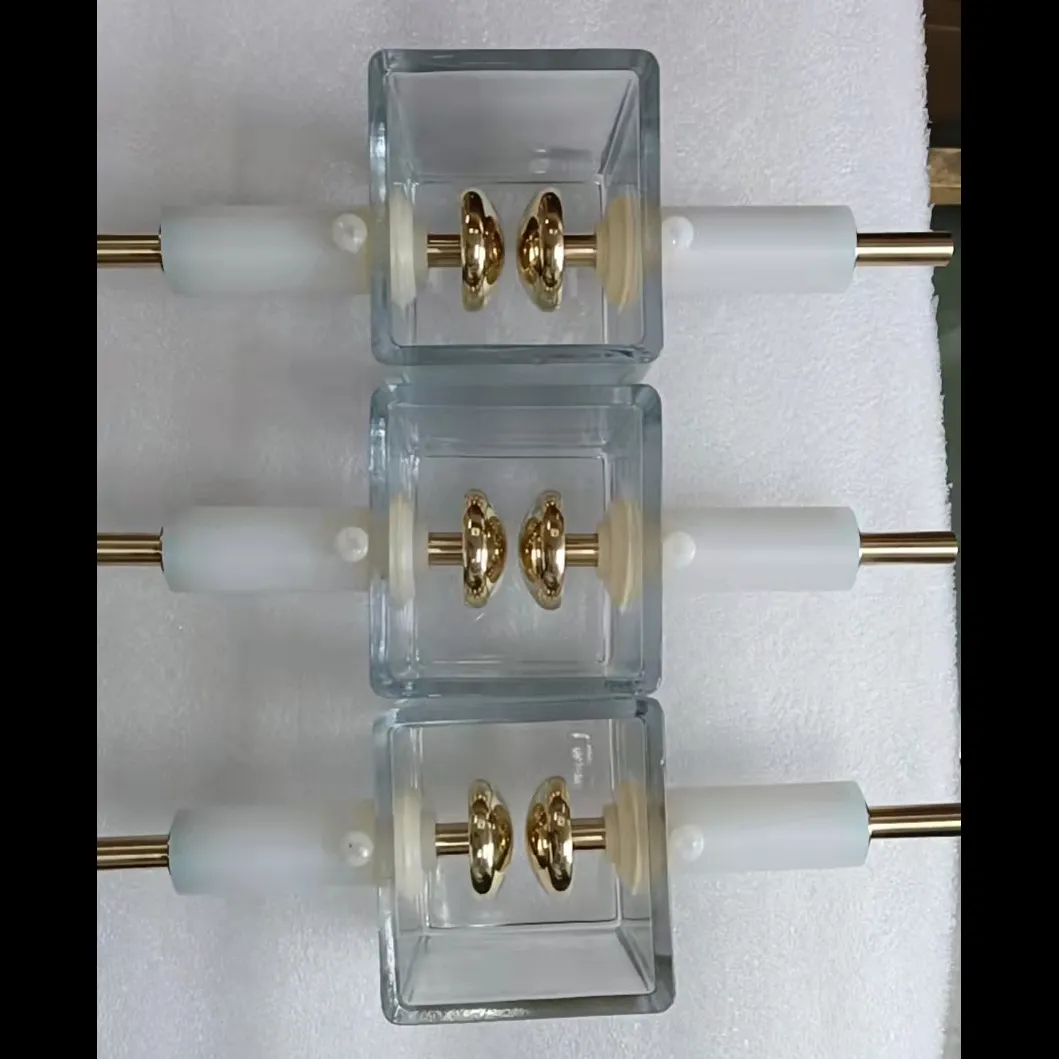 English
English



-
 Afrikaans
Afrikaans -
 Albanian
Albanian -
 Amharic
Amharic -
 Arabic
Arabic -
 Armenian
Armenian -
 Azerbaijani
Azerbaijani -
 Basque
Basque -
 Belarusian
Belarusian -
 Bengali
Bengali -
 Bosnian
Bosnian -
 Bulgarian
Bulgarian -
 Catalan
Catalan -
 Cebuano
Cebuano -
 China
China -
 China (Taiwan)
China (Taiwan) -
 Corsican
Corsican -
 Croatian
Croatian -
 Czech
Czech -
 Danish
Danish -
 Dutch
Dutch -
 English
English -
 Esperanto
Esperanto -
 Estonian
Estonian -
 Finnish
Finnish -
 French
French -
 Frisian
Frisian -
 Galician
Galician -
 Georgian
Georgian -
 German
German -
 Greek
Greek -
 Gujarati
Gujarati -
 Haitian Creole
Haitian Creole -
 hausa
hausa -
 hawaiian
hawaiian -
 Hebrew
Hebrew -
 Hindi
Hindi -
 Miao
Miao -
 Hungarian
Hungarian -
 Icelandic
Icelandic -
 igbo
igbo -
 Indonesian
Indonesian -
 irish
irish -
 Italian
Italian -
 Japanese
Japanese -
 Javanese
Javanese -
 Kannada
Kannada -
 kazakh
kazakh -
 Khmer
Khmer -
 Rwandese
Rwandese -
 Korean
Korean -
 Kurdish
Kurdish -
 Kyrgyz
Kyrgyz -
 Lao
Lao -
 Latin
Latin -
 Latvian
Latvian -
 Lithuanian
Lithuanian -
 Luxembourgish
Luxembourgish -
 Macedonian
Macedonian -
 Malgashi
Malgashi -
 Malay
Malay -
 Malayalam
Malayalam -
 Maltese
Maltese -
 Maori
Maori -
 Marathi
Marathi -
 Mongolian
Mongolian -
 Myanmar
Myanmar -
 Nepali
Nepali -
 Norwegian
Norwegian -
 Norwegian
Norwegian -
 Occitan
Occitan -
 Pashto
Pashto -
 Persian
Persian -
 Polish
Polish -
 Portuguese
Portuguese -
 Punjabi
Punjabi -
 Romanian
Romanian -
 Russian
Russian -
 Samoan
Samoan -
 Scottish Gaelic
Scottish Gaelic -
 Serbian
Serbian -
 Sesotho
Sesotho -
 Shona
Shona -
 Sindhi
Sindhi -
 Sinhala
Sinhala -
 Slovak
Slovak -
 Slovenian
Slovenian -
 Somali
Somali -
 Spanish
Spanish -
 Sundanese
Sundanese -
 Swahili
Swahili -
 Swedish
Swedish -
 Tagalog
Tagalog -
 Tajik
Tajik -
 Tamil
Tamil -
 Tatar
Tatar -
 Telugu
Telugu -
 Thai
Thai -
 Turkish
Turkish -
 Turkmen
Turkmen -
 Ukrainian
Ukrainian -
 Urdu
Urdu -
 Uighur
Uighur -
 Uzbek
Uzbek -
 Vietnamese
Vietnamese -
 Welsh
Welsh -
 Bantu
Bantu -
 Yiddish
Yiddish -
 Yoruba
Yoruba -
 Zulu
Zulu
insulation continuity test
Understanding the Insulation Continuity Test Importance, Procedure, and Applications
Insulation continuity testing is a critical procedure used in electrical engineering to ensure that electrical insulation systems are intact and functioning efficiently. It is fundamental for maintaining the safety and reliability of electrical installations in various settings, including residential, commercial, and industrial environments. Insulation continuity tests help identify faults in electrical systems that could lead to hazardous conditions, such as electrical shocks, short circuits, or fires.
Importance of Insulation Continuity Testing
Over time, electrical insulation materials can deteriorate due to various factors such as aging, environmental conditions, mechanical stress, or chemical exposure. This degradation can result in insulation failures, which might not only impair the functionality of electrical systems but also pose serious safety risks. By conducting insulation continuity tests, electricians and engineers can proactively detect these issues before they escalate into more significant problems.
The key benefits of insulation continuity testing include
1. Safety Ensuring that insulation is intact helps prevent electrical shocks and fires caused by faulty connections.
2. Reliability Regular testing can help avoid unexpected breakdowns, enhancing the overall reliability of electrical systems.
3. Compliance Many industrial and commercial sectors are mandated to comply with safety regulations that require periodic insulation testing.
4. Cost-Effectiveness Early detection of insulation failures can save significant costs associated with repairs, downtime, and liability claims from accidents.
Procedure of Insulation Continuity Testing
The process of insulation continuity testing typically involves several steps
1. Preparation Before conducting the test, ensure that the equipment and the area are safe. Disconnect all loads and ensure that the circuit is de-energized to prevent any electrical hazards.
insulation continuity test

2. Selection of Test Equipment Use an insulation resistance tester (megohmmeter), which applies a high voltage to the insulation system to measure the resistance. Common test voltages include 250V, 500V, and 1000V, depending on the application and voltage rating of the equipment.
3. Performing the Test Connect the tester to the insulation you wish to evaluate. The tester will apply a specified voltage across the insulation and measure the resistance. A high resistance value (typically in the megaohms) indicates good insulation integrity, while a low resistance value suggests potential insulation failure.
4. Analyzing Results After testing, compare the measured resistance values against the established benchmarks or previous test results. If the resistance is below acceptable limits, further investigation is necessary to determine the cause of the failure.
5. Documentation Record the results of the test, including the date, conditions, and any observed defects, which will be valuable for future assessments and audits.
Applications of Insulation Continuity Testing
Insulation continuity testing has a wide range of applications across various sectors
- Power Generation and Distribution Insulation testing is vital in substations and power plants to prevent failures that could disrupt service or cause accidents.
- Industrial Machinery Manufacturing facilities depend on heavy machinery, where insulation testing can prevent costly downtime and accidents.
- Electrical Installations Ensuring residential and commercial electrical installations meet safety standards is paramount, making insulation continuity tests a regular part of maintenance.
- Renewable Energy Systems In solar panels and wind turbines, proper insulation ensures the longevity and efficiency of energy production systems.
In conclusion, insulation continuity testing is an essential practice in maintaining the safety and reliability of electrical systems. By identifying potential insulation failures early, organizations can protect their personnel, equipment, and investments, ensuring the smooth operation of electrical installations across various industries. Regular testing, combined with proper maintenance and adherence to safety regulations, will significantly contribute to the overall health of electrical systems.
-
Testing Equipment Industry Sees Major Advancements in 2025: Smart & Precision Technologies Lead the WayNewsJun.06,2025
-
Applications of Direct Current Generators in Renewable Energy SystemsNewsJun.05,2025
-
Hipot Tester Calibration and Accuracy GuidelinesNewsJun.05,2025
-
Digital Circuit Breaker Analyzer Features and BenefitsNewsJun.05,2025
-
Benefits of Real-Time Power Quality Monitoring Devices for Industrial EfficiencyNewsJun.05,2025
-
Earth Fault Loop Testing in High-Rise Building Electrical SystemsNewsJun.05,2025



